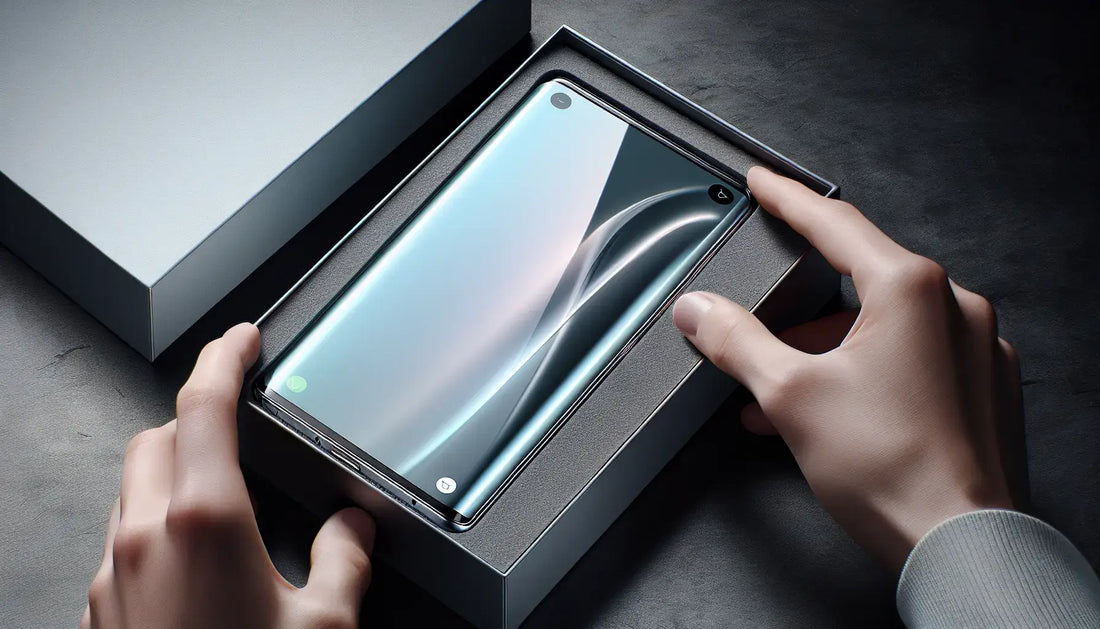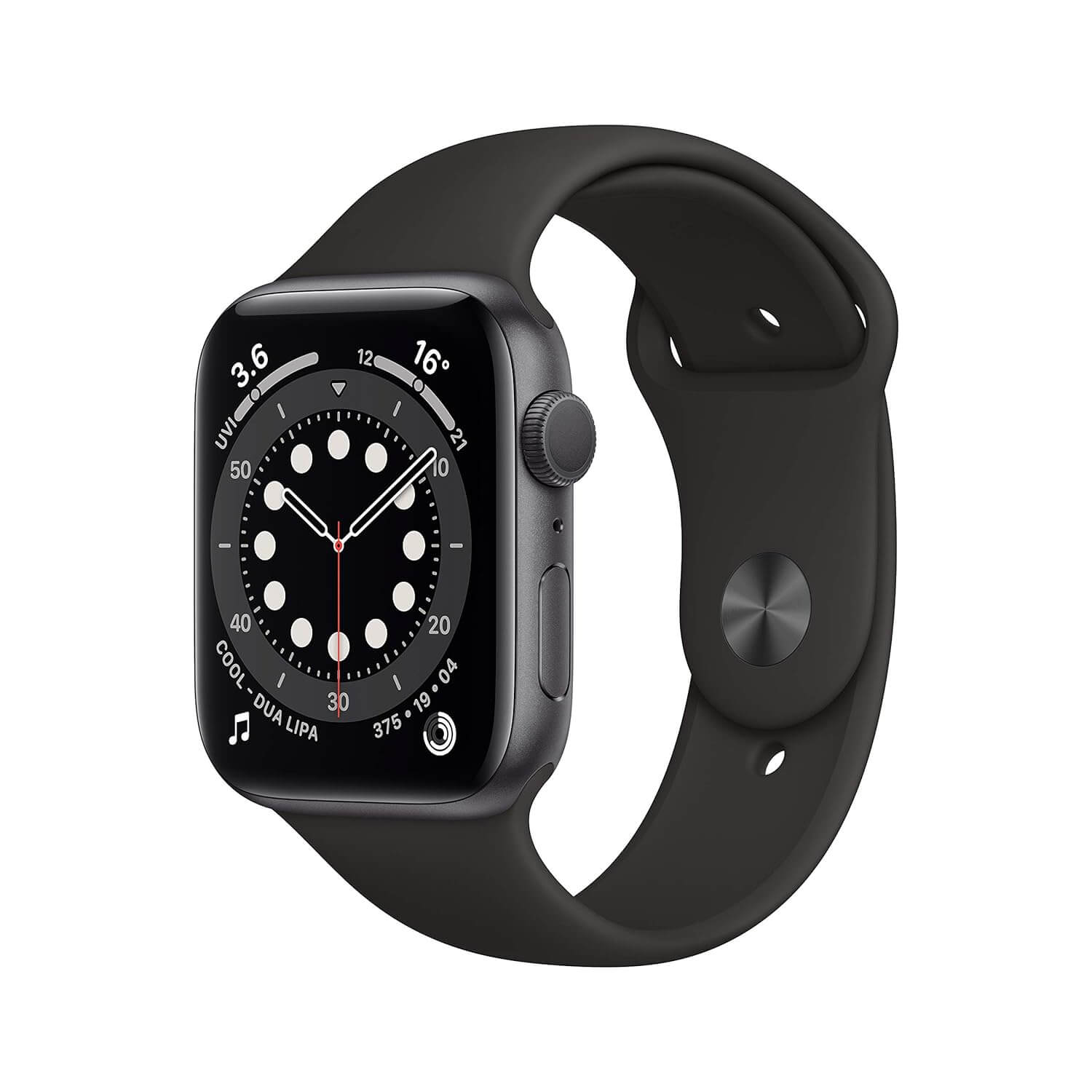Unboxing and Design
Upon unboxing, the Google Pixel 4 XL reveals a sleek design with a full pane of frosted glass that feels remarkably soft and effectively conceals fingerprints. The aluminum frame coated with a comfortable material adds to the phone's sturdy and premium feel. Notably, the absence of a bathtub notch over the display and the addition of an ip68 water resistance rating further enhance the phone's appeal.
Evolution of Design
The two-toned window of the previous model has evolved into a single pane of frosted glass, offering a more refined aesthetic. The absence of a notch and the addition of a large upper bezel accommodate the new motion sense and face unlock hardware, contributing to a more streamlined appearance.
Comfortable Grip
The new texture of the Google Pixel 4 XL provides a comfortable grip, reducing the risk of accidental slips and enhancing the overall user experience. The phone's heft and sturdiness, combined with the improved grip, make it a delight to hold and use on a daily basis.
Display and Audio
The Google Pixel 4 XL boasts a 6.3-inch OLED display with qHD+ resolution, offering a vibrant and immersive visual experience. The adaptive profile strikes a balance between punchy colors and natural tones, while the addition of ambient EQ ensures consistent and comfortable viewing in various lighting conditions. Additionally, the implementation of the 90Hz smooth display enhances the overall fluidity of the user interface.
Display Quality
The display's vibrant colors and balanced profiles make for an enjoyable viewing experience, complemented by the ambient EQ feature that adjusts the screen's white balance to its surroundings. However, while the 90Hz smooth display enhances fluidity, it was noted that its full potential is limited by a brightness threshold, leaving room for further improvement in future iterations.
Audio Performance
The Google Pixel 4 XL's shift from dual front-facing speakers to a new setup delivers an excellent audio experience, earning high marks in loudspeaker tests. Despite the absence of a headphone jack and included earbuds, the phone's audio performance remains impressive, catering to users' multimedia needs.
Face Unlock and Motion Sense
Google Pixel 4 XL introduces the innovative face unlock feature, utilizing an infrared Dot projector, front camera, and motion sense chip to provide instant and reliable unlocking. However, the default setting to skip the lock screen upon recognition may not suit everyone's preferences. The motion sense chip, primarily radar-based, offers limited features, including waking the phone upon approach and silencing alarms and calls with a simple wave. Despite its potential, the hands-free gesture to change music tracks lacks consistency and execution.
Battery Life
The Google Pixel 4 XL achieved a modest 73-hour endurance in battery tests. However, in real-world usage, it struggles to last a full day, falling short of the extended battery life offered by competitors like Samsung, Huawei, and Apple. While users can optimize battery usage by disabling motion sense and the 90Hz display, the need to do so raises concerns about the device's overall battery performance.
Software and Performance
The Google Pixel 4 XL comes with Android 10 out of the box, offering new gesture controls that resemble those of iPhones. The new dark mode is a welcome addition, providing a more comfortable viewing experience in low-light environments. However, the absence of an automatic switch between light and dark modes may be a drawback for some users. Additionally, the phone's performance, while good, falls slightly behind competitors in graphics benchmark tests.
Gesture Controls
Google Pixel 4 XL introduces new gesture controls that closely resemble those of iPhones, providing a seamless and intuitive user experience. The familiarity of these gestures may appeal to users transitioning from other devices, offering a more cohesive and consistent navigation system.
Dark Mode
The inclusion of a dark mode in the Google Pixel 4 XL enhances the user experience by reducing eye strain in low-light conditions. However, the absence of an automatic switch between light and dark modes may require manual adjustments, potentially inconveniencing users accustomed to automatic transitions in other devices.
Performance Comparison
While the Google Pixel 4 XL's performance is commendable, competitors consistently outperform it in graphics benchmark tests. Despite this, the overall performance remains very good, providing a smooth and responsive user experience for daily tasks and activities.
Camera: The Pixel's Strength
The Google Pixel 4 XL's camera setup features a 12.2-megapixel main camera with an F1.7 aperture and a 16-megapixel telephoto camera, both electronically and optically stabilized. The addition of Live HDR+ and individual exposure sliders offers enhanced control and creativity in capturing images. The phone's camera capabilities showcase improvements in noise reduction, balanced exposures, and true-to-life colors, making it a standout feature of the device.
Dual Camera Setup
Google Pixel 4 XL's dual camera setup, featuring a 12.2-megapixel main camera and a 16-megapixel telephoto camera, delivers exceptional image quality with enhanced stability and clarity. The inclusion of a telephoto camera offers versatility in capturing distant subjects, providing users with a wider range of creative possibilities.
Enhanced Camera Features
The addition of Live HDR+ and individual exposure sliders in the Google Pixel 4 XL's camera interface empowers users with greater control over their photography, allowing for real-time previews of HDR processing and precise adjustments to shadows and highlights. These features contribute to a more intuitive and customizable photography experience.
Image Quality and Low-Light Performance
The Google Pixel 4 XL excels in producing well-balanced exposures, true-to-life colors, and reduced noise in various lighting conditions. The phone's camera performance in low-light scenarios demonstrates impressive tonal accuracy and minimal exaggeration, capturing true-to-life representations of dark scenes. However, in extremely dark environments, some noise may be observed in the images.
Astrophotography Mode
The Google Pixel 4 XL boasts an impressive astrophotography mode that activates with Night Sight enabled. By stabilizing the phone against something or using a tripod, users can capture stunning shots that can take anywhere from one to four minutes to finish capturing. The results are quite impressive, showcasing the prowess of the Google camera software. However, it's worth noting that this feature is best utilized in areas with minimal light pollution, necessitating a trip outside the city for optimal results. While it may not be practical for everyday use, the astrophotography mode demonstrates the advanced capabilities of the Pixel 4 XL's camera system.
Video Quality
Videos shot with the Google Pixel 4 XL exhibit impressive quality, with excellent stabilization and minimal noise. The videos offer a similar visual appeal to still shots, maintaining a high level of detail even when shooting at 60 frames per second. The overall video quality remains well-stabilized, ensuring a smooth and professional-looking footage for various recording needs.
Pricing and Conclusion
The Google Pixel 4 XL is priced at $900 for the base model with 64GB of storage. While it offers a pure Android experience and signature Pixel camera, the phone falls short in delivering the most value for its price. The new features such as face unlock, 90Hz display, and motion sense, while promising, were not executed well. Additionally, the battery life does not measure up to that of other flagship competitors. With several worthy alternatives offering better performance and features at a lower price, the Pixel 4 XL may not be the most recommended choice in its price range.
Future Expectations
Looking ahead, there are areas for improvement that could make the Pixel 4 XL a more competitive option, such as optimizing battery life, increasing base storage, enhancing the display brightness, and possibly adding an ultra-wide camera. Google will need to address these aspects to retain its position in the market and meet the expectations set by the Pixel brand.
FAQ
Is the Google Pixel 4 XL worth its price?
While the Pixel 4 XL offers a pure Android experience and impressive camera capabilities, its value proposition is outweighed by its shortcomings in features such as battery life and execution of new technologies. With several competitors offering better performance at a lower price, the Pixel 4 XL may not be the most recommended choice in its price range.
What are the limitations of the Google Pixel 4 XL's motion sense feature?
Motion sense is limited to only 12 markets worldwide due to its use of radar technology. The feature, while innovative, currently offers limited functionality, and its execution falls short of expectations. Google will need to improve upon this technology in future iterations to make it a more compelling feature.
What can be expected from future iterations of the Google Pixel 4 XL?
In future iterations, users can anticipate improvements in areas such as battery life, base storage, display brightness, and camera capabilities. Google will need to address these aspects to enhance the overall value and competitiveness of the Pixel 4 XL in the market.



